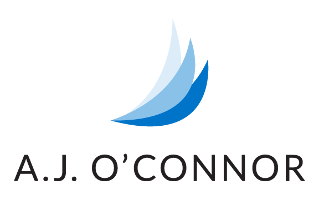
Leader as a Coach
In the past, internal leadership grew as the company grew. Employees were encouraged to start from the bottom, working their way up. This type of professional development was clear and defined. Your successes, products and work (that correctly answered your manager’s needs) determined the executive position you could eventually hold. As you climbed the ladder, you expected the same of your employees, asking the same questions and ideally delivering the same results. Company leadership operated under the command-response model to teach young minds how the business operated and maintained consistent success. While this method had its time in history, this style no longer delivers with today’s rapid pace of change.
Today, management pushes to expand opportunities and innovation through support and guidance instead of telling employees what to do. This alteration in leadership style guides corporations away from the rigid structure that threatened to breakdown and weaken employee resolve, refocusing on adapting to constantly changing environments that unlock speedy innovation. To achieve the next level of creativity, leaders must also embrace coaching tools and techniques to foster growth and a coaching culture with their employees.
Why Learn Coaching Skills?
Increasingly, coaching has become essential to our world’s cultural transition, chasing education and lifelong learning rather than filling a cookie-cutter mold. A 2022 Conference Board study found that 58% of employees valued education and training enough to leave their current company if there were no opportunities for professional development, further emphasizing the need to develop a managerial coaching style. So, how does learning to coach and develop change and enhance leadership styles?
Leading as a Coach
To coach is to evolve those around you. It is about asking questions and supporting your employees as they develop professionally through discovery instead of telling life lessons learned through seniority. It is about facilitating development rather than dictating exactly how you want their job done. This leadership style can open new, efficient avenues that may have gone overlooked and revitalize employees’ productivity and job satisfaction. To make a step towards this coaching style, consider implementing the GROW model in your one-on-ones or small meetings. This leadership tool coaches your employees, encouraging them to solve problems independently, build self-confidence, add new insights and promote a vibrant, open company culture. GROW stands for:
- Goal: Ask your employees questions about their goals, not just those aligned with a current project but also what they hope to get out of the meeting. This type of conversation can be uncomfortable at times. We suggest asking, “What do you want when you leave this meeting that you don’t have now?”
- Reality: Next, make the conversation constructive and within grasp. With the goal established, solve the who, what, when and where. Format the questions non-judgmentally, coaching them to slow down to map it out. The goal is not to tell but to listen and guide through the most important variables. Let your employee give their perspective on how to tie it all together.
- Options: Employees often feel stuck between two options or trapped in one. In this step, you offer a zoomed-out perspective for employees, prompt them to dig deeper into each option and weigh new insights.
- Will: This is the final question to spark action, “What will you do?” This question will allow your employee to reflect and set active steps in the right direction. If your employee still seems stuck, circle back to earlier steps.
Case Study: A.J. O’Connor’s Implementation of Coaching Techniques
A.J. O’Connor (AJO) demonstrated the impact of teaching leaders the GROW model through customized leadership developmental work. The initiative helped leaders develop structured and effective coaching conversations, leading to a 96% success rate in fostering a coaching culture within their organization. This Client Outcome Summary illustrates that with the right tools and training, leaders can successfully transition to a coaching style that enhances both individual and organizational performance.
Conclusion
The integration of coaching techniques in leadership development is essential for leaders and executives aiming to navigate the complexities of modern business. Leaders who learn to be coaches can drive significant improvements in employee engagement, innovation, and overall organizational success. By adopting models like GROW and committing to continuous development, leaders can create a thriving, adaptable, and motivated workforce ready to meet the challenges of today’s ever-changing environment. Read more here and contact us today to learn how we can help you foster a coaching culture in your organization!
Related Posts:
Empathy is an Overlooked Leadership Characteristic Impacting Your Workplace

